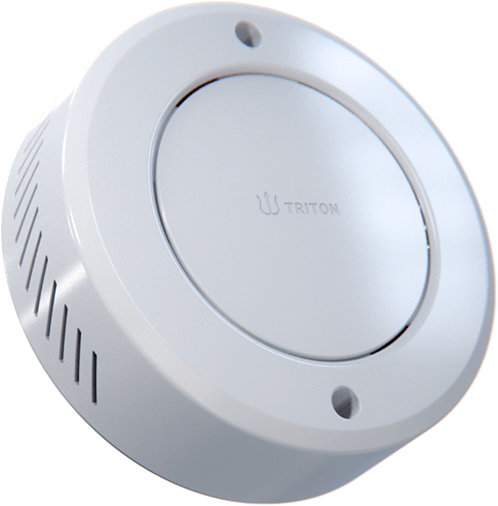The vaporization of schools was not an issue just a few months back. Students would sneak in bathrooms between classes to inhale flavored nicotine vapors and THC. Teachers and administrators were left powerless until districts started using an innovative tool to guard them: the vape detector.
Today, schools across the country report major successes that demonstrate how this technology can transform the issue of smoking cigarettes.

A Case Study: Reducing Vaping by 83% in 10 Weeks
Luling Independent School District confronted an extremely serious problem with vaping. Students continued to vape regardless of numerous warnings and a stricter rules. Smoke alarms were not effective against vapour. Staff couldn’t be everywhere.
The city tested various vape detection devices in March. The results were striking. The number of instances of vaping slowed significantly in five weeks. After the ten-week period, vaping declined by 83%..
The success of administrators exceeded the numbers. Teachers were less disruptive and students were aware that smoking cigarettes wouldn’t go unnoticed.
Similar Results at Match Charter Schools
Another notable example comes from Match Charter Schools, which had a difficult time with high school and middle school smoking. When they rolled out a set of smoke detectors to detect vape in August, the result was evident immediately.
In December, just four months later, administrators had reported the 80% reduction in vaping-related incidents that occurred weekly. Parents praised their school for taking concrete actions to protect children. Teachers also noticed that there was a reduction in hallways with loiterers, and bathrooms crowded.
These two districts illustrate what is becoming a trending tendency: schools that implement vape detection have seen tangible improvements in their behavior and overall security.
What makes vape detectors successful?
This technology is the main reason for the results. Modern vape detectors do more than just detect the vapor. They also track the quality of air and occupancy levels and also send staff members real-time alerts. This means that administrators won’t have to rely solely on guesswork or after-the-fact reports.
The detectors have been developed to ensure your privacy. No cameras. No audio recording. No audio recordings. All you need is instant, precise information to aid schools in acting quickly and without compromising the rights of students.
This combination of effectiveness and compliance makes vape detectors one of the most practical safety tools schools can adopt today.
Beyond Vaping: A Wider Safety Net
The thing that many administrators don’t realize is that detectors are not just for preventing vaping. Advanced systems can detect loud noises or triggers for keywords that can be linked to emergency situations, and vandalism attempts.
For instance, if someone begins to hang out in a bathroom, the detector can detect an unusually high number of people. Staff members can be immediately alerted if a person shouts out a distressing word, such as “help”. This is how vape detectors for schools become an element of a greater safety plan of action that takes into account the health risk and possible violence.
Parents and Boards have a strong support for Vape Detectors
Transparency can bring trustworthiness that is often not considered. The use of detectors in schools can provide reports that clearly show the trend in smoking. These reports can be shared with schools, community groups, and parents to demonstrate the effectiveness of the measures implemented.
Parents are particularly responsive to measurable results. Smoke detectors for vapes aren’t just catching students, they’re also safeguarding their health. They help reinforce the message that smoking vape isn’t allowed in schools.
What you should take away The most effective path to take
In the past, smoking cigarettes seemed like a secret war that schools couldn’t beat. However, case studies carried out in schools across the country prove that this isn’t the case. With a Vape Detector, administrators can detect incidents instantly and stop risky behaviour and create a safer learning environment for students.
The vaping crisis is far from being resolved, but the tide is turning. Schools that are investing in vape detection technologies don’t just respond to an issue, but they’re also leading the way towards a healthier future.
Conclusion
Schools across Texas and Massachusetts are proving technology works. Modern vape detectors do far more than simply sounding the alarm. They change behavior they build trust and offer an effective solution to the largest health concern for students. Vape detectors are now common in every school district that is concerned about safety.
